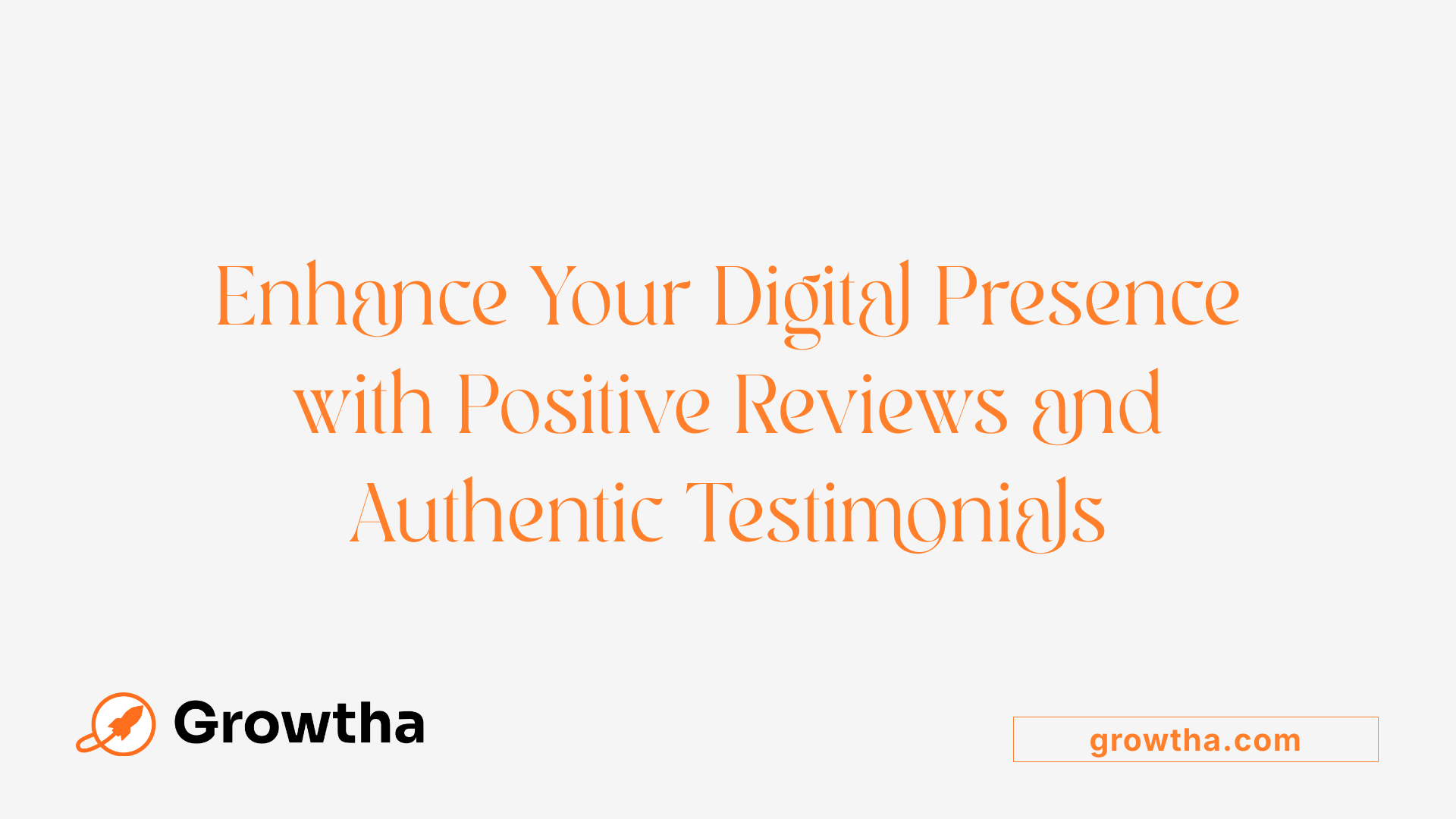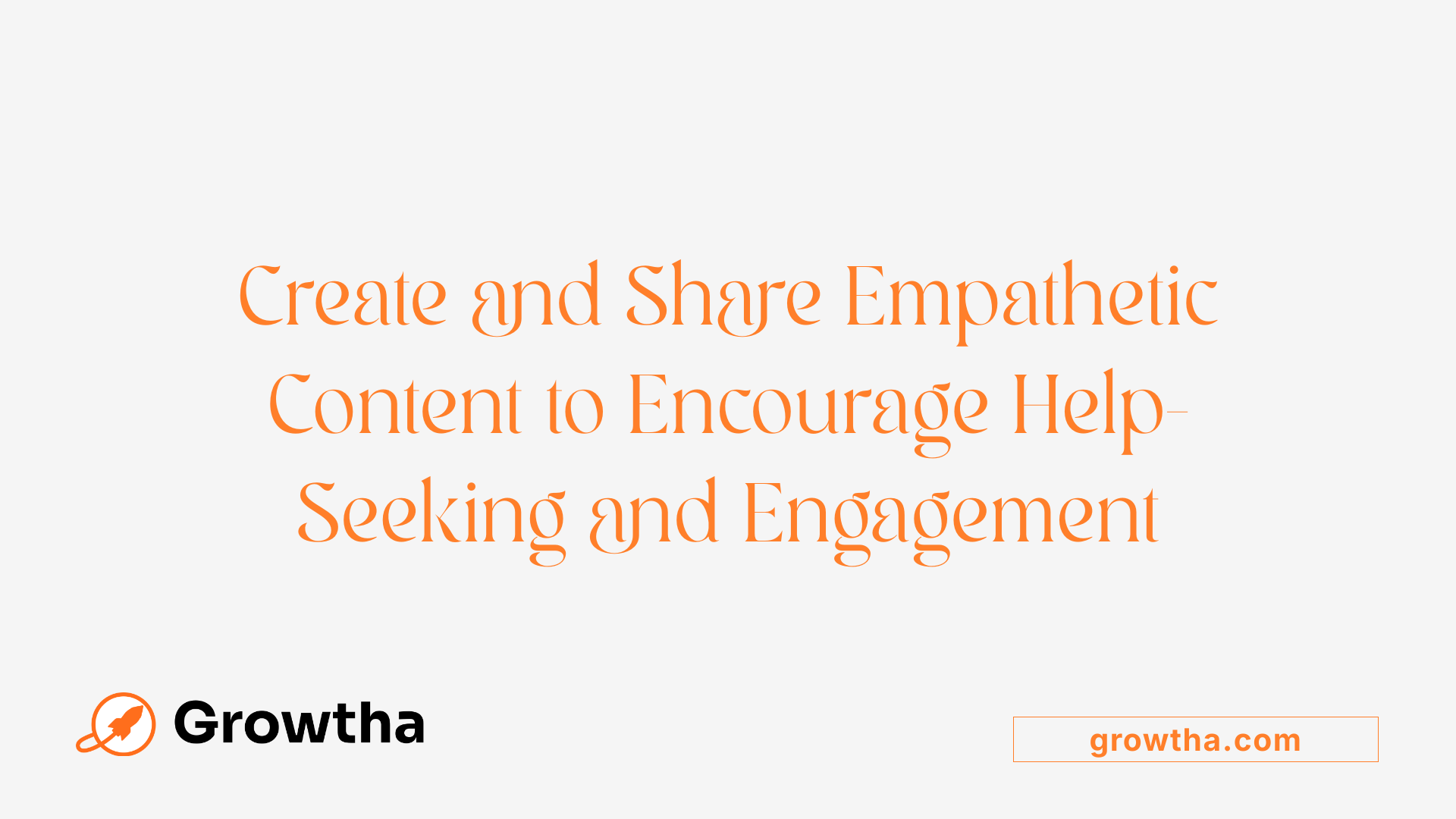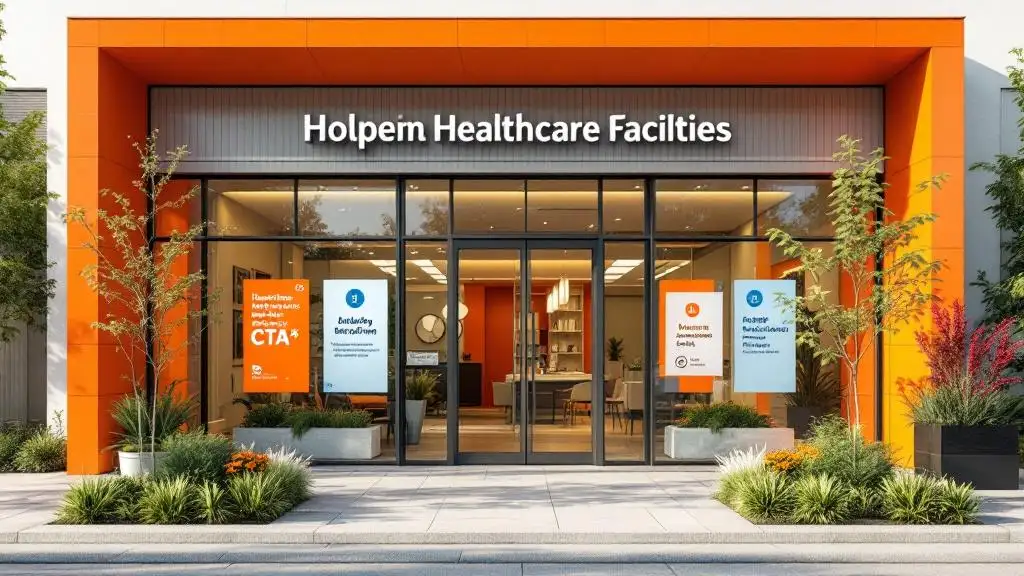Content Strategies for Addiction Treatment Centers
Building a Strong Digital Footprint in Addiction Recovery Healthcare


Content Strategies for Addiction Treatment Centers
Harnessing Content to Enhance Visibility and Trust in Addiction Treatment
In the increasingly digital landscape of healthcare, addiction treatment centers must craft a compelling content strategy to attract, engage, and retain prospective clients. Effective content marketing not only elevates online visibility but also establishes credibility and trust, essential elements in a sensitive industry like addiction recovery. This article explores the core strategies that centers can adopt to build a formidable digital presence, improve outreach outcomes, and ultimately support their mission of healing and hope.
Creating High-Quality, Educational, and Empathetic Content

How can addiction treatment providers develop and implement effective content strategies?
Developing a successful content strategy begins with understanding the unique needs and concerns of potential patients. Treatment centers should create detailed patient personas and map out the customer journey, allowing them to tailor content that addresses questions about addiction, recovery, and local treatment options.
Creating empathetic and credible content is vital. Sharing success stories, providing educational articles about addiction, and publishing social proof through testimonials build trust and emotional connection. Your content should resonate with patients’ fears, hopes, and informational needs.
A comprehensive approach includes various marketing channels. A well-designed, SEO-optimized website serves as the foundation, offering detailed program information and engaging calls-to-action. Local SEO tactics, such as Google My Business optimization and review management, increase visibility in nearby searches.
Social media platforms like Facebook, Instagram, and LinkedIn enable direct engagement, sharing inspiring stories, educational videos, and community activities. Paid advertising, including search ads and retargeting, can targetedly reach at-risk populations who are actively seeking help.
Email marketing personalizes communication, nurturing prospects through informative newsletters, recovery tips, and updates, while strengthening relationships with clients and their families.
All content must adhere to legal and ethical standards such as HIPAA and FDA regulations. Ensuring compliance maintains the trustworthiness of the center.
To keep the strategy effective, continuously monitor performance using metrics like website traffic, keyword rankings, review scores, social engagement, and patient admissions. Regular analysis and optimization enable centers to refine messaging, improve outreach, and enhance overall results.
Managing Reputation and Building Trust Through Online Reviews and Client Testimonials

How does content marketing improve the digital presence of addiction treatment facilities?
Content marketing plays a vital role in enhancing the online reputation of addiction treatment centers. By creating and sharing high-quality, relevant content like blogs, videos, and infographics, these facilities can significantly improve their visibility on search engines. Incorporating SEO best practices, such as using high-value keywords and optimizing website structure, helps rank higher in search results, making it easier for those seeking help to find the right center.
Regularly updated content not only aids in search engine ranking but also builds trust with prospective patients and their families. Sharing success stories, educational resources, and informative articles establishes authority and demonstrates the center’s expertise and compassion.
Moreover, maintaining active social media profiles and participating in local directories broadens outreach and fosters a sense of community. These strategies help rehab centers stand out as credible, accessible, and caring options, which is essential in a sensitive industry like addiction treatment.
In summary, a well-rounded content marketing approach boosts online visibility, enhances reputation, and positions centers as trustworthy resources. This holistic effort supports treatment centers in reaching more individuals and guiding them toward recovery.
Leveraging Social Media for Engagement and Outreach
Which social media platforms are most effective for rehab centers?
Rehab centers should focus on platforms where their target audience is most active. Facebook, Instagram, X (formerly Twitter), and LinkedIn are ideal choices. Facebook and Instagram are excellent for sharing engaging visuals, success stories, and live updates. X allows for quick interaction and industry news sharing, while LinkedIn helps establish professional credibility and connect with referral sources.
How can rehab centers share educational and inspirational content?
Sharing content that educates and inspires builds trust and authority. This includes posting success stories, client testimonials, informative videos about recovery, and articles addressing common questions about addiction and treatment options. Visual content like infographics and reels can increase engagement, while stories and live sessions allow real-time connection.
What are tips for active engagement and community building?
Responding to comments, messages, and reviews promptly fosters a sense of community and trust. Hosting live Q&A sessions, webinars, and support groups on social media encourages interaction. Regular posting with relevant hashtags expands reach, and collaborating with community organizations or influencers can amplify visibility. Showcasing staff expertise and community events further humanizes the brand.
How do digital marketing tactics complement social media efforts?
Effective promotion of rehab services combines SEO, content marketing, and social media. Optimizing website content with relevant keywords improves search rankings, making it easier for individuals seeking help to find the center. Consistent content sharing on social platforms directs traffic to the website. Using targeted advertising on social media ensures outreach to specific demographics most likely to engage.
What role does analytics play in refining social media strategies?
Monitoring engagement metrics, such as likes, shares, comments, and click-through rates, helps identify which content resonates most. Analyzing audience demographics and behavior guides content creation and ad targeting. Continual adjustment based on data ensures marketing efforts remain effective and aligned with audience needs.
Implementing Content Marketing Across Multiple Channels
What are effective content marketing strategies for addiction treatment centers?
Creating a strong content marketing approach is vital for addiction treatment centers aiming to attract and educate prospective patients. High-quality content such as informative blogs, engaging videos, and visual infographics helps build authority and trust. These materials should clearly communicate the center's philosophy, success stories, and treatment options.
Optimizing content for search engines through SEO best practices is essential. This includes focusing on relevant keywords, especially those tied to the center’s geographic location, and ensuring the website is user-friendly, mobile-compatible, and includes compelling calls-to-action. Such optimization makes it easier for potential clients to find the center when searching for addiction help.
Building a positive online reputation is equally important. Regularly monitoring review sites like Google, Facebook, and Yelp allows centers to respond politely and address concerns, strengthening credibility. Client testimonials, especially impactful video stories, resonate emotionally and foster trust.
Utilizing multiple distribution channels expands outreach. Social media platforms like Facebook, Instagram, LinkedIn, and X are excellent for sharing educational content and engaging with the community. Email marketing campaigns nurture leads and keep existing clients connected with personalized updates.
Paid advertising options, such as Google Ads and social media ads, provide targeted exposure to specific demographics, accelerating reach.
Local outreach efforts—such as speaking at community events or partnering with local organizations—enhance visibility and foster referral relationships. Combining these tactics within a well-crafted content strategy can lead to increased patient inquiries and foster a reputable presence online.
Using Content to Attract, Engage, and Convert Potential Clients

How can content be used to attract and engage potential clients seeking addiction treatment?
Content marketing is a vital component of reaching people in need of addiction help. It involves creating and sharing useful, empathetic, and trustworthy information that resonates with prospective clients. Success stories and testimonials are especially powerful, as they humanize the recovery process and demonstrate real hope. Videos featuring client experiences or written testimonials build emotional trust, which is crucial for sensitive subjects like addiction.
Educational content, such as blog posts, guides, and recovery tips, helps inform and empower individuals. These resources address common concerns, bust myths, and provide actionable advice, positioning the rehab center as an authoritative and compassionate resource.
To increase visibility, centers optimize their website content using relevant keywords and local SEO strategies. This makes it easier for those searching online for addiction help to find their services. Incorporating targeted keyword phrases related to specific treatments (like outpatient, inpatient, medication-assisted treatment) improves search engine rankings.
Virtual outreach initiatives, including online seminars, social media campaigns, and virtual tours, extend the center’s reach beyond geographical constraints. These efforts foster credibility and rapport even before potential clients make direct contact.
Social media platforms serve as ideal channels for sharing stories, educational content, and inspirational messages. Consistent, empathetic communication helps build a community ambiance and encourages engagement. Paid digital advertising, such as Facebook lead ads and search engine ads, further targets individuals actively seeking support.
Combining these strategies forms a comprehensive, ethical approach that guides prospects through their recovery journey. By providing valuable information, showcasing success stories, and maintaining a transparent, caring online presence, addiction centers can attract, engage, and ultimately convert more potential clients into those actively pursuing treatment.
More info search query: Engaging content strategies for addiction centers
This holistic approach not only boosts online visibility but also builds trust and credibility, which are essential in encouraging individuals to seek help.
Exploring Trends and Innovative Tactics in Content Marketing
What are current trends and innovative tactics in content marketing for addiction treatment centers?
Today's addiction treatment centers are embracing a variety of innovative approaches to connect with prospective clients and their families. One prominent trend is the use of diverse content formats such as podcasts, videos, and digital events. These formats help create engaging and accessible educational content, making complex recovery topics easier to understand and share.
Personalization plays a crucial role in reaching different audience segments. By leveraging data segmentation and understanding specific search intents, centers can tailor their messaging—whether targeting patients, families, or referral sources—thus making communication more relevant and impactful.
Video marketing, especially live streaming and short-form content optimized for mobile devices like smartphones, has seen significant growth. High-quality videos, including testimonials, facility tours, and educational series, tend to garner higher engagement and sharing rates. Accelerated Mobile Pages (AMP) ensure that these videos load quickly on phones, enhancing user experience.
In addition, voice search optimization is gaining importance. Many users now seek information using voice commands, making it essential to incorporate natural language keywords and maintain updated, local-focused Google My Business listings.
Social media advertising, particularly on platforms like Facebook and Instagram, is shifting toward paid campaigns, as organic reach diminishes. Effective influencer collaborations—partnering with trusted figures or industry leaders—can extend reach and build credibility. Combining these tactics with targeted local SEO ensures increased visibility in search results tailored to geographically relevant queries.
Overall, integrating these innovative trends—diverse multimedia content, personalized targeting, mobile-first strategies, voice search readiness, and strategic social media advertising—can significantly boost the online presence and engagement of addiction treatment centers in a competitive digital landscape.
Educating Staff and Stakeholders on Content Utilization and Strategy
How can addiction treatment centers educate their staff and stakeholders on using content to support marketing and outreach goals?
To effectively incorporate content into marketing and outreach efforts, addiction treatment centers need comprehensive training for their staff and stakeholders. This training should cover the fundamentals of content creation, focusing on consistent messaging that reflects the center's philosophy and builds trust with prospective clients.
Centers should implement workshops that teach best practices for producing engaging content like blogs, videos, and testimonials. Understanding industry regulations such as HIPAA and FTC rules is crucial to maintain patient confidentiality and ensure legal compliance during content creation and sharing.
Moreover, staff should learn about SEO strategies and how to optimize content for greater visibility in search engines. Familiarity with digital tools, analytics platforms, and emerging technologies like AI can help personalize content and enhance its effectiveness.
Encouraging a collaborative culture is vital. Staff and stakeholders can share success stories, participate in content development, and provide feedback. This participatory approach not only enriches content quality but also fosters a sense of ownership and alignment with the organization’s mission.
Centers should utilize analytics to track key metrics such as website traffic, engagement rates, and online reviews. Regularly reviewing these insights allows teams to refine their content strategies, ensuring ongoing improvement and greater outreach success.
By investing in continuous education and fostering teamwork, addiction treatment centers can empower their staff and stakeholders to leverage content as a powerful tool for marketing, reducing stigma, and supporting patient recovery journeys.
Integrating Content Strategies Into a Holistic Marketing Approach
What are full-funnel marketing strategies?
Full-funnel marketing strategies encompass the entire patient journey—from raising initial awareness about addiction treatment options to nurturing long-term recovery and aftercare. This approach ensures that each stage, whether it’s generating interest, capturing leads, or sustaining engagement, is targeted with specific, relevant content. For example, blogs and social media posts can introduce common misconceptions, while detailed guides and testimonials help prospects make informed decisions. By addressing each phase deliberately, centers can guide potential clients smoothly through their recovery process.
How do omnichannel tactics create a seamless experience?
An omnichannel approach integrates various marketing channels—such as websites, social media, email campaigns, and community events—into a unified, consistent experience. This means that whether a person searches on Google, follows social media profiles, or receives an email, the messaging and branding remain coherent and reinforcing. Such consistency builds familiarity and trust, making it more likely for prospects to choose a center when they need help. Additionally, omnichannel tactics allow centers to meet individuals where they are, increasing touchpoints and engagement.
Why is measuring success with KPIs important?
Key Performance Indicators (KPIs) like website traffic, keyword rankings, review scores, social media engagement, and new patient admissions provide valuable insights into content effectiveness. Regular measurement helps centers identify what’s working and what needs adjustment. For example, if a certain blog or social campaign generates more inquiries, resources can be allocated accordingly. Data-driven decision-making ensures that efforts are focused on strategies that maximize outreach and conversion, ultimately optimizing return on investment.
How can content optimization and refinement boost results?
Continual refinement of content based on analytics ensures that messaging stays relevant and compelling. Analyzing metrics like bounce rates, time on page, and conversion paths reveals areas for improvement. Centers can update outdated information, enhance visuals, and optimize calls-to-action to better resonate with their audience. This proactive approach maintains the center’s authority, improves search engine rankings, and increases engagement, ensuring content consistently supports marketing goals.
What is the importance of building a cohesive brand story?
A clear, relatable brand story humanizes the center and differentiates it from competitors. It combines elements like the center’s philosophy, success stories, staff expertise, and community involvement. When communicated consistently across all channels, this story builds trust, emotional connection, and credibility. Strong branding encourages referrals, positive reviews, and long-term patient loyalty, turning satisfied clients into advocates.
| Strategy Component | Main Focus | Expected Outcomes | Tips for Success |
|---|---|---|---|
| Full-funnel marketing | Address all patient journey stages | Increased patient acquisition and retention | Tailor content for each phase; map journey paths |
| Omnichannel tactics | Consistent messaging across channels | Seamless experience; higher engagement | Coordinate content calendars; maintain brand voice |
| KPI measurement | Track performance; data-driven tweaks | Improved effectiveness; ROI | Regularly review analytics; set clear benchmarks |
| Content refinement | Continual update and optimization | Increased relevance; better search rankings | Use analytics feedback; refresh content periodically |
| Cohesive brand story | Unified messaging that resonates | Stronger trust and community loyalty | Share authentic stories; emphasize core values |
Implementing an integrated approach not only enhances visibility but also fosters lasting relationships. It aligns marketing efforts with the center’s mission to provide compassionate, effective care while continuously adapting to audience needs and market shifts. This strategic blending of content, channels, and measurement ensures that addiction treatment centers can build credibility and grow sustainably.
Conclusion: Emphasizing the Power of a Well-Crafted Content Strategy
In developing an effective marketing approach for addiction treatment centers, a comprehensive content strategy serves as the foundation. This includes understanding the target audience deeply through research and customer journey mapping, ensuring tailored messaging that addresses their unique challenges, fears, and needs.
A successful plan involves creating diverse and reliable content such as blog posts, videos, testimonials, infographics, and detailed service pages. These resources should be optimized for search engines with relevant keywords and technical SEO practices to boost visibility. Maintaining a user-friendly, mobile-optimized website with clear calls-to-action further encourages engagement and conversions.
Regular evaluation is crucial to measure success and refine tactics. Monitoring key performance indicators—like website traffic, social media engagement, review ratings, and lead conversions—provides insights into what works and what needs adjustment.
Building trust and credibility through positive online reviews, authentic client testimonials, and transparent information demonstrates expertise and fosters emotional connections. Consistent delivery of valuable, compassionate content helps position the center as a trustworthy authority in addiction recovery.
Combining these strategies across multiple channels—social media, email marketing, local outreach, paid advertising, and community involvement—creates a unified and effective presence. An ongoing commitment to content quality, optimization, and data-driven improvements ensures that marketing efforts continue to resonate with those seeking help, ultimately supporting more individuals on their path to recovery.
The Value of a Strategic, Patient-Centered Content Approach
Implementing a strategic, holistic content marketing plan is essential for addiction treatment centers aiming to expand their reach, build trust, and facilitate recovery. Through high-quality, empathetic content disseminated across multiple channels, centers can establish themselves as credible and accessible resources. Consistent evaluation and optimization ensure that efforts remain effective, while collaboration and education among staff bolster content quality and credibility. By integrating these strategies into their overall marketing approach, rehab centers can create a strong, compassionate presence that supports individuals on their path to wellness and recovery.
References
- Addiction Treatment Marketing: How to Market a Rehab Center
- 10 Effective Strategies for Drug Rehab Marketing in 2024
- 5 Addiction Treatment Marketing Strategies in 2025
- Rehab Content Marketing Agency | Lead to Recovery
- The Power of Content Marketing for Drug Rehab Centers | Digital Dot
- Addiction Treatment Marketing: Effective Ways to Promote Your ...
- Starting a Treatment Center: Addiction Treatment Marketing Tips to ...







